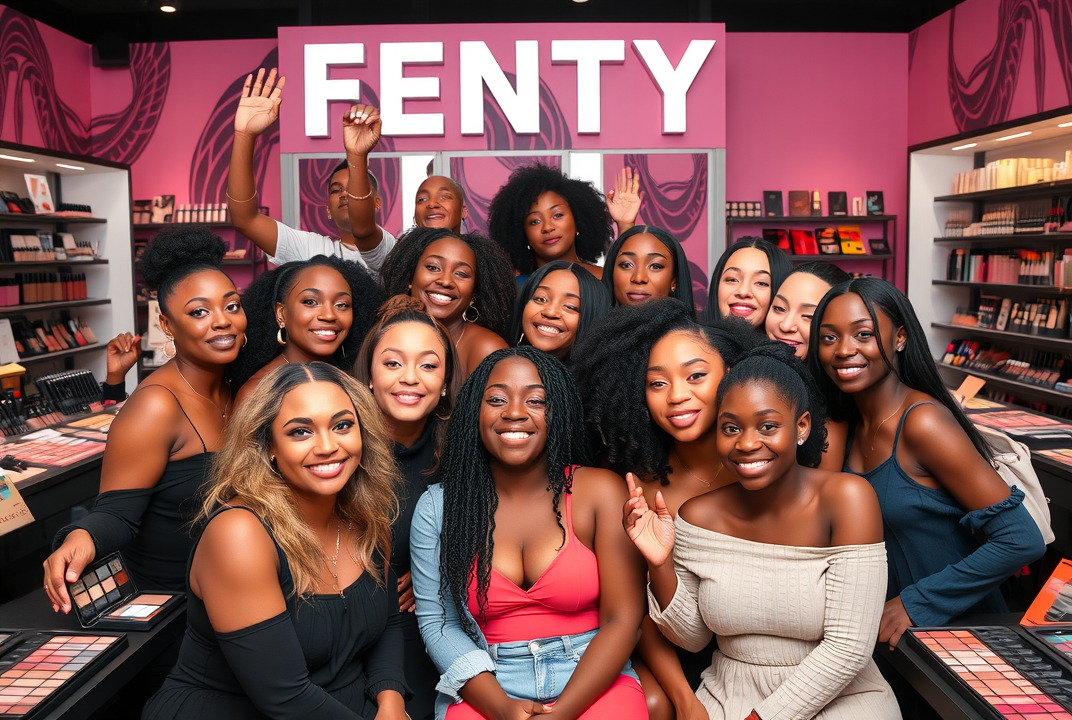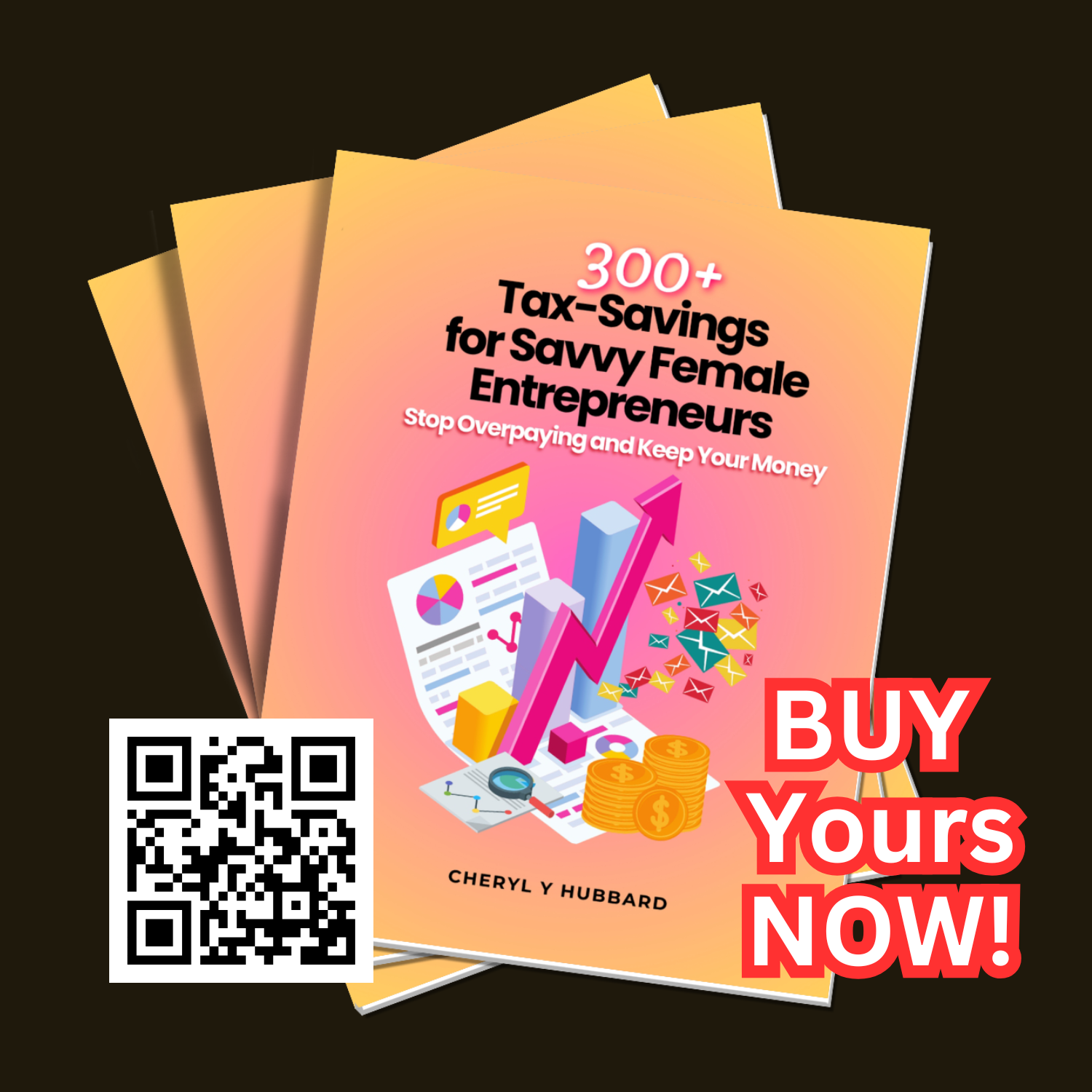Trailblazers: Lessons from Women Who Dared to Disrupt Industries

Introduction
Have you ever wondered what drives the world's most successful women to challenge norms and redefine industries? This article sheds light on the incredible journeys of female disruptors who have changed the game in their respective fields. In a world where traditional paths often stand unchallenged, these women not only dared to think differently but acted boldly on their visions.
In this comprehensive piece, you'll explore the backgrounds, challenges, and accomplishments of several pioneering women. You'll learn about their unique strategies and how they are inspiring future generations to break barriers and forge new paths. Whether you are an aspiring entrepreneur or simply fascinated by tales of resilience and innovation, this article provides valuable insights and actionable lessons.
Breaking Barriers: The Courage to Start
The journey of disrupting an industry often begins with courage—the courage to question the status quo and envision something better. Take, for example, Sara Blakely, founder of Spanx. Faced with a market dominated by traditional products, she revolutionized the hosiery and shapewear industry with a simple yet groundbreaking idea: footless pantyhose. Without any formal education in business or fashion, Blakely's tenacity and innovative spirit turned Spanx into a billion-dollar company.
Women like Blakely exemplify the power of challenging conventional wisdom. They embrace the uncertainty of uncharted territory, often finding success by addressing needs that were previously ignored or underestimated.
Lessons from Sara Blakely:
-
Identify unmet needs: Look for gaps in the market where existing products fall short. Ask yourself what could be improved or simplified.
-
Start small, think big: While the initial steps might be small, maintain a vision for the larger impact you want to achieve.
-
Persist through setbacks: Every innovation journey has challenges. Learn from failures, adapt, and keep moving forward.

Paving the Way: Turning Vision into Reality
Once a unique idea is formulated, the next challenge is execution. Vision without action remains a dream, but women like Whitney Wolfe Herd, co-founder of Bumble, show us the power of turning vision into a thriving business. Bumble wasn't just another dating app; it was designed to empower women by allowing them to make the first move in connecting with potential matches.
Herd's vision addressed a common frustration with existing platforms: the lack of control and empowerment for women. By flipping the script, Bumble has grown into a major player in the social networking space.
Lessons from Whitney Wolfe Herd:
-
Empower your audience: Understand your users' needs and create solutions that empower them with unique features that differentiate your product.
-
Communicate your vision: Clearly articulate your mission to your team and audience, ensuring everyone is aligned towards the same goals.
-
Iterate based on feedback: Continuously refine your product, incorporating user feedback to improve and grow.

Challenging Traditional Narratives: Leveraging Uniqueness
Some disruptors carve their paths by redefining narratives and tapping into cultural shifts. Rihanna, the global music icon and entrepreneur, has been successful in not just music but also in fashion and beauty industries. Her brand, Fenty Beauty, was born out of recognizing a profound gap: the lack of diversity in beauty products. By offering a wide range of shades for all skin tones, Fenty challenged the industry norms and quickly gained popularity.
Rihanna set a precedent that inclusivity can lead to commercial success and resonate deeply with consumers across the globe.
Lessons from Rihanna:
-
Embrace inclusivity: Recognize diverse needs and reflect them in your products and branding strategies.
-
Be authentic: Build a brand that reflects personal values and resonates with your audience's ideals.
-
Stay ahead of trends: Monitor cultural shifts and lead in areas that align with changing consumer behavior.

Rewriting the Rules: Amidst Resistance
Women disruptors often face resistance and skepticism, whether it's due to gender biases or challenging longstanding industry practices. Mary Barra, CEO of General Motors, is a prime example of rewriting the rules in the traditionally male-dominated automotive industry. She introduced innovative practices focused on sustainability and electric vehicles (EVs), steering GM towards a future-ready, eco-friendly vision.
Barra's leadership showcases the impact of bold decisions and forward-thinking strategies in transforming traditional sectors.
Lessons from Mary Barra:
-
Champion sustainability: Address global challenges like climate change by investing in sustainable practices and technologies.
-
Lead with purpose: Drive changes that align with ethical standards and societal benefits, gaining trust from stakeholders.
-
Foster adaptability: Encourage flexibility and innovation within teams to respond effectively to industry shifts.

Building Communities for Growth: The Power of Support Systems
The journey of breaking barriers is not a solitary one. Successful disruptors understand the importance of building strong communities that support and nurture innovation. Sophia Amoruso, founder of Nasty Gal and Girlboss, created platforms to empower and support women entrepreneurs. Her Girlboss Community is more than a networking group; it's a source of inspiration, resources, and shared experiences.
Creating such networks fosters growth and encourages more women to pursue entrepreneurial paths.
Lessons from Sophia Amoruso:
-
Nurture communities: Build supportive ecosystems where ideas and resources are shared for collective growth.
-
Facilitate connections: Create opportunities for others to connect, collaborate, and learn from one another.
-
Celebrate successes: Recognize and elevate the achievements of community members to inspire others.

Conclusion
The stories of these remarkable women illustrate that disruption is not reserved for the few—it's an opportunity accessible to anyone willing to challenge norms and explore new possibilities. By leveraging their unique insights, embracing inclusivity, and fostering supportive communities, women disruptors continue to reshape industries.
For anyone aspiring to make a mark, the paths forged by Sara Blakely, Whitney Wolfe Herd, Rihanna, Mary Barra, and Sophia Amoruso offer valuable blueprints. They remind us that pushing boundaries and pursuing bold ideas can lead to transformative change. Whether through innovative products or groundbreaking business models, the future belongs to those who dare to disrupt.
Next Steps: Take inspiration from these trailblazers and consider how you can challenge existing norms in your field. Build connections with like-minded individuals and cultivate an environment that encourages innovation and growth.
